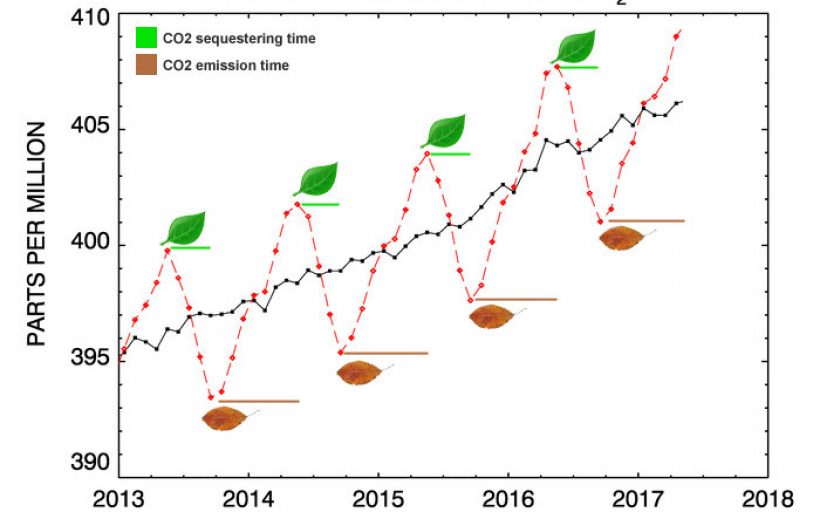

If it is finalized, the proposed regulation would mark the first time the federal government has restricted carbon dioxide emissions from existing power plants, which generate about 25% of U.S.


It is one method of reducing the amount of carbon dioxide in the atmosphere with the goal of reducing global climate change. Carbon sequestration is the process of capturing and storing atmospheric carbon dioxide. “EPA’s proposal relies on proven, readily available technologies to limit carbon pollution and seizes the momentum already underway in the power sector to move toward a cleaner future," he said, adding that the policies would cut "climate pollution and other harmful pollutants, protecting people’s health, and driving American innovation." News What is carbon sequestration Carbon dioxide is the most commonly produced greenhouse gas. “By proposing new standards for fossil fuel-fired power plants, EPA is delivering on its mission to reduce harmful pollution that threatens people’s health and wellbeing,” EPA Administrator Michael Regan said in a statement. The rules would prevent 300,000 asthma attacks, as well as 1,300 annual premature deaths, in 2030, the EPA said. There, they will image specimens of limestone samples collected from a depth of 800 feet from East Tennessee before and after exposing them to CO 2 at 3,000 psi pressure at a temperature similar to field temperature for a long duration.The EPA estimated that its proposal would avoid up to 617 million metric tons of carbon dioxide through 2042, equivalent to reducing the annual emissions of about half the cars in the U.S. To accomplish this, they will characterize CO 2-caprock geochemical interaction at the micro and nano-scales using world-class analysis tools at the Advanced Photon Source at Argonne National Laboratory. Alshbili and Dygert are specifically interested in identifying whether there is a chemical reaction between CO 2 and the caprock, which could compromise the integrity of the rock leading to the leak of CO 2 back to the atmosphere. Many challenges to safe carbon sequestration remain, including the potential leak of CO 2 to the atmosphere and groundwater, or cause for seismic damage and fracture of the caprock. However, due to the low density of CO 2, scientists know that for sequestration to be successful it will need to be injected into porous rocks deeper than 3,000 feet at a pressure higher than 3,000 psi, below thick, low-permeability rock such as limestone, shale, or salt rock (caprock). With help from a grant from the Institute for Secure and Sustainable Environment, they will study the chemical reaction between CO 2 and rocks when it is sequestered deep underground.ĭeep saline aquifers, depleted gas and oil fields, and coal mines have been identified as good potential places to store CO 2. “It will take time to phase out industries that use fossil fuel and carbon capture from source points, and sequestering it can offer a viable solution to reduce the adverse impact of CO 2,” he said.Ĭarbon dioxide capture and storage is a process of separating CO 2 from industrial facilities and other point sources and injecting it in deep geological formation for long-term storage. Dygert in UT’s Department of Earth and Planetary Science are heading up research to study one aspect of carbon sequestration which could help limit the warming of the planet.Īlshibli notes that President Joe Biden is proposing to offer a financial incentive to industries that use carbon capture and storage to reduce their emissions. CEE Professor and Associate Department Head of Graduate Studies Khalid Alshibli and Larry and Dawn Taylor Assistant Professor of Planetary Geosciences Nicholas J.


 0 kommentar(er)
0 kommentar(er)
